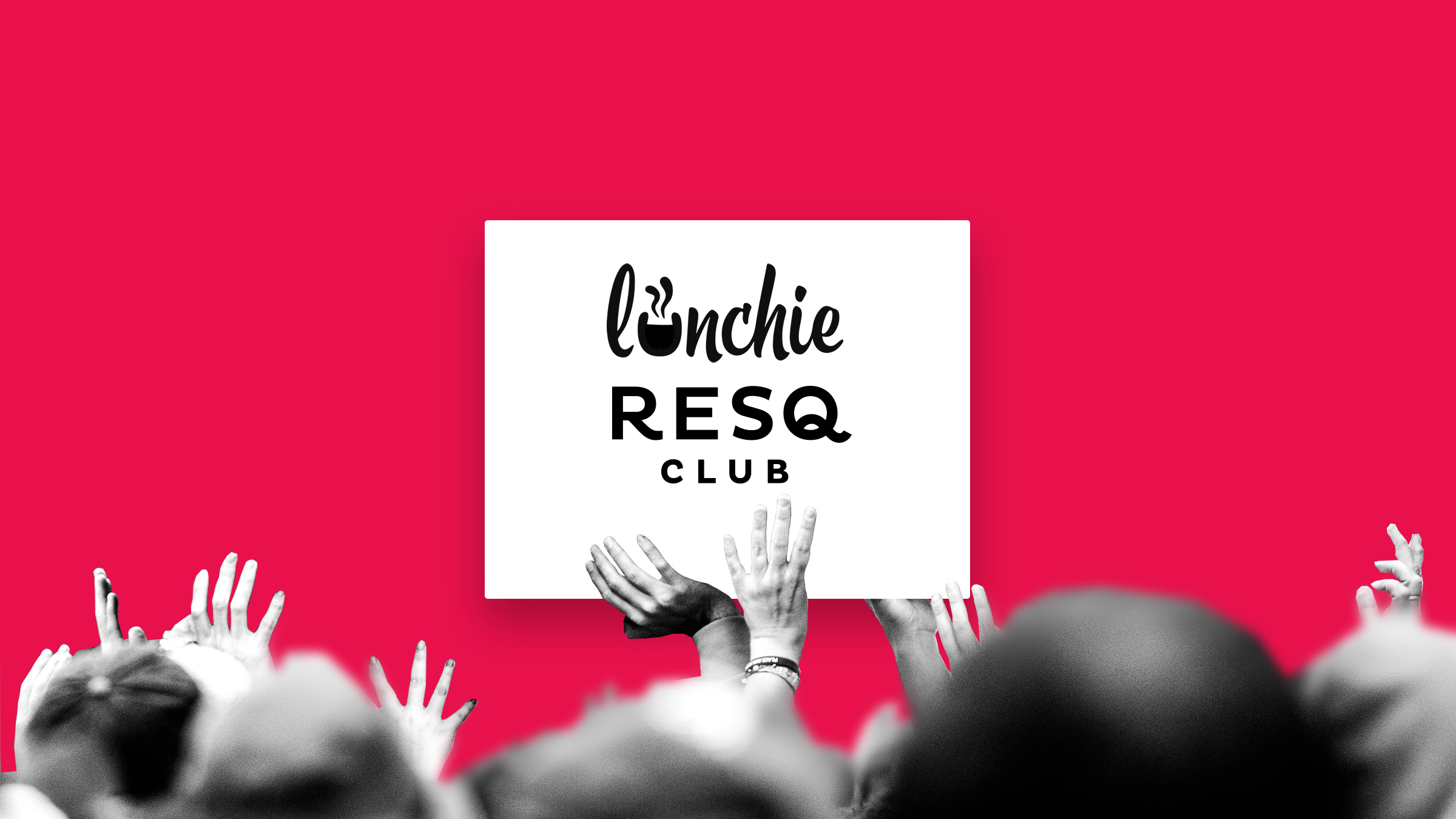Problem
Catering service providers such as restaurants, lunch canteens and local authorities’ catering services produce around 75 to 85 million kg of food waste each year.
It is difficult to predict the number of portions needed each day. Lunch caterers have to prepare a certain amount of food in advance and cost-effectively. If there are fewer customers than the number of prepared portions, the surplus means wastage. The environmental impacts of the catering industry are significant.
Solution: a catering service using mobile technology
Lunchie and ResQ provide a marketplace for surplus food. Restaurants and cafés use the user interface to list leftover products. Consumers can buy portions from restaurants and collect them inside the time window specified by the restaurant. The user interface displays available portions, which can be sorted by location and dietary preferences.
Revenue logic and benefits to Lunchie and ResQ
The two companies take a commission for each portion sold and pass on the remaining value of the transaction to the restaurant. The business model means that participating restaurants and Lunchie/ResQ have a shared interest in reducing food waste and thus conserving the environment. The model is transparent and clear to all participants.
Benefits to customers and end users
Companies can offer consumers an affordable way to buy restaurant-quality food which would otherwise be wasted. Consumers can save time by not having to cook at home. For restaurants, the app offers a convenient way to gain additional revenue from surplus food, reduce their waste charges and protect the environment. In addition, companies can market their services via the app and get additional publicity for their restaurants.


















Recommended
Have some more.